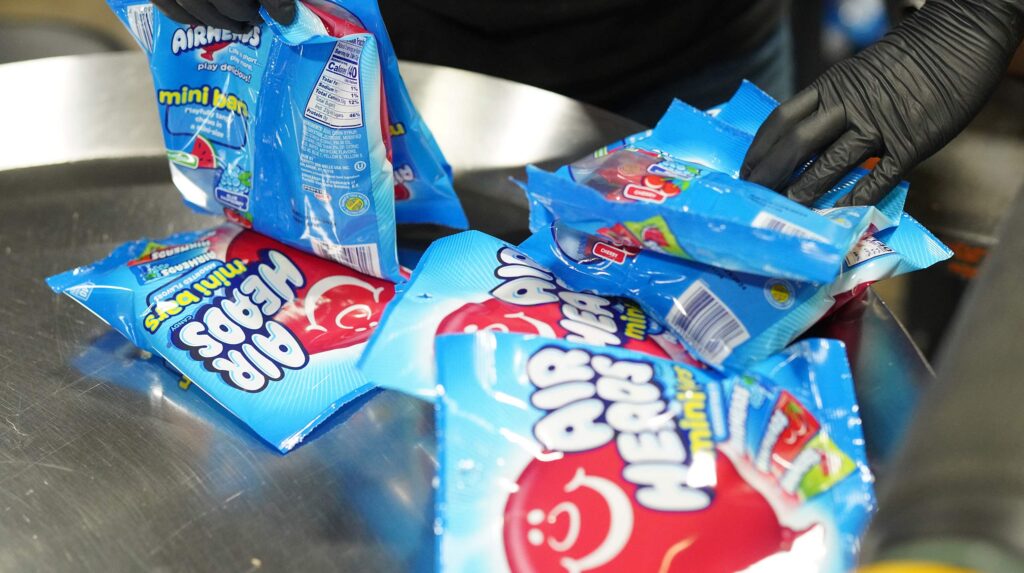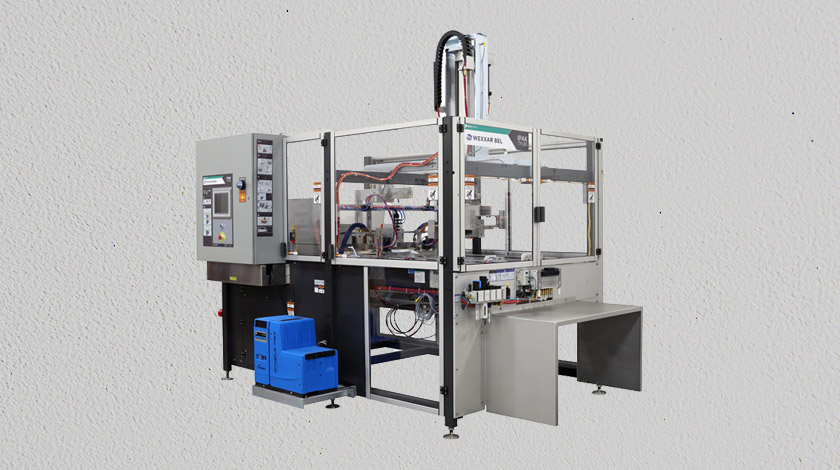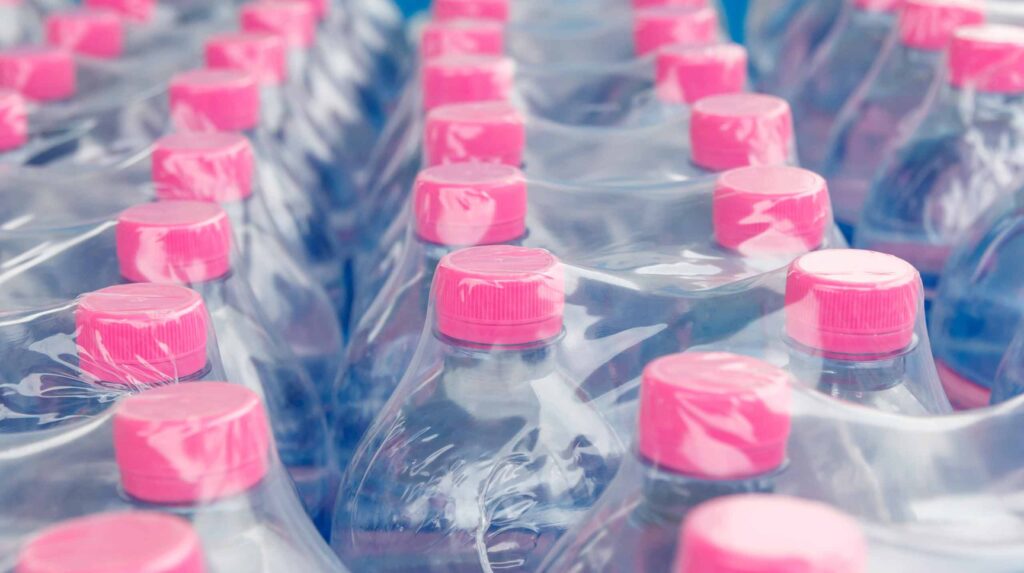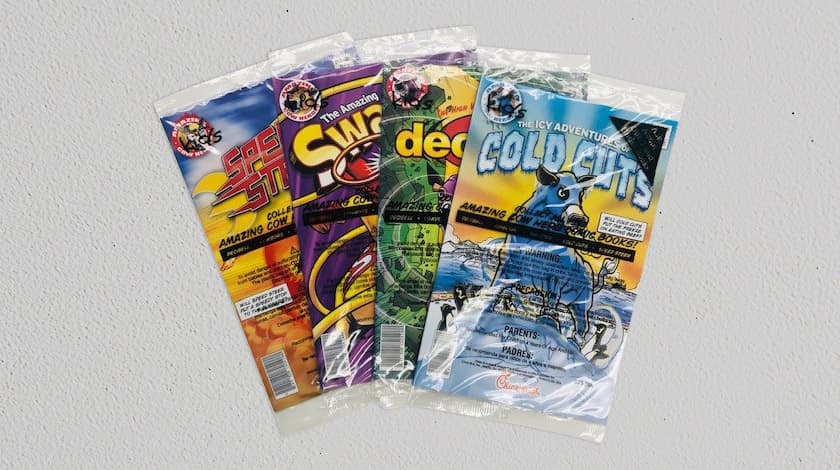Custom Automated Production Lines
Every fraction of every second counts. As a company specializing in the design and production of secondary packaging, McNerney and Associates understands the importance of efficiency and running at scale. Our automated production lines use the latest technology to help speed up the contract packaging process, ensuring that your products are delivered on time and within budget.
Automation allows for complete customization and cost-effective pricing. We can design and fabricate unique machines to ramp up your production the right way—not with inefficient “right now” solutions. All production takes place in our 100,000-square-foot FDA-certified facility in Cincinnati.
Using the latest technology helps to reduce errors and improve efficiency. Because our lines are fully customizable, we can tailor them to meet your specifications. Whether you need a high-speed line for high-volume production or a more flexible line for changing product sizes, McNerney and Associates can provide an innovative solution that will increase productivity and improve your bottom line. Here are some of the custom automation processes we offer.
Tipping

This type of automated production uses clean-release glue to affix a product to a printed card. Gift cards, loyalty cards, and product samples are just a few of the items that can be used with tipping. The item can be removed easily from the card without damage. The process includes all printing, die-cutting, and automatic folding and gluing.
VFFS

Our automated VFFS machines seal a product inside a plastic package using heat and pressure. Bags are shaped from a roll of film, vertically filled with goods, and sealed. This type of packaging is often used for food and beverage products, as well as some medical and pharmaceutical items.
Cartoner

A cartoning machine (or cartoner) forms the cardboard cartons that hold your product and are opened by the end user. The machine picks up a single piece of folded carton, erects it, and fills it with your product before folding the flaps and sealing it shut.
Tray Former

Automated tray formers take a flat sheet of material and fold it into the desired shape, using heat or pressure to seal the edges with glue. Once the tray is formed, it can then be filled with the product and sealed shut.
Bundler

Our bundlers use a conveyor belt to take a group of items and enclose them with a film that shrinks around the bundle using heat. Bundling can be combined with cardboard trays or pads for more stability. The products are not fully enclosed, leaving an open “bull’s eye” on each end. The film used for bundling is not as clear as the film used for shrink wrapping.
HFFS

The flow wrapping process, also known as Horizontal Form-Fill and Seal (HFFS), is an efficient way to package products using a single roll of film. First, the bottom and ends of the film are heat-sealed. Then the film is filled with the product and then sealed again. The result is a strong, flexible package that can be easily stored and transported.
At McNerney and Associates, providing our clients with the best possible service includes using the latest automation technology available. If you’re looking for a hi-tech, efficient, and cost-effective solution to your contract packaging needs, McNerney and Associates is the right partner for you. We will design the automation you need to get your project completed on time and on budget.
